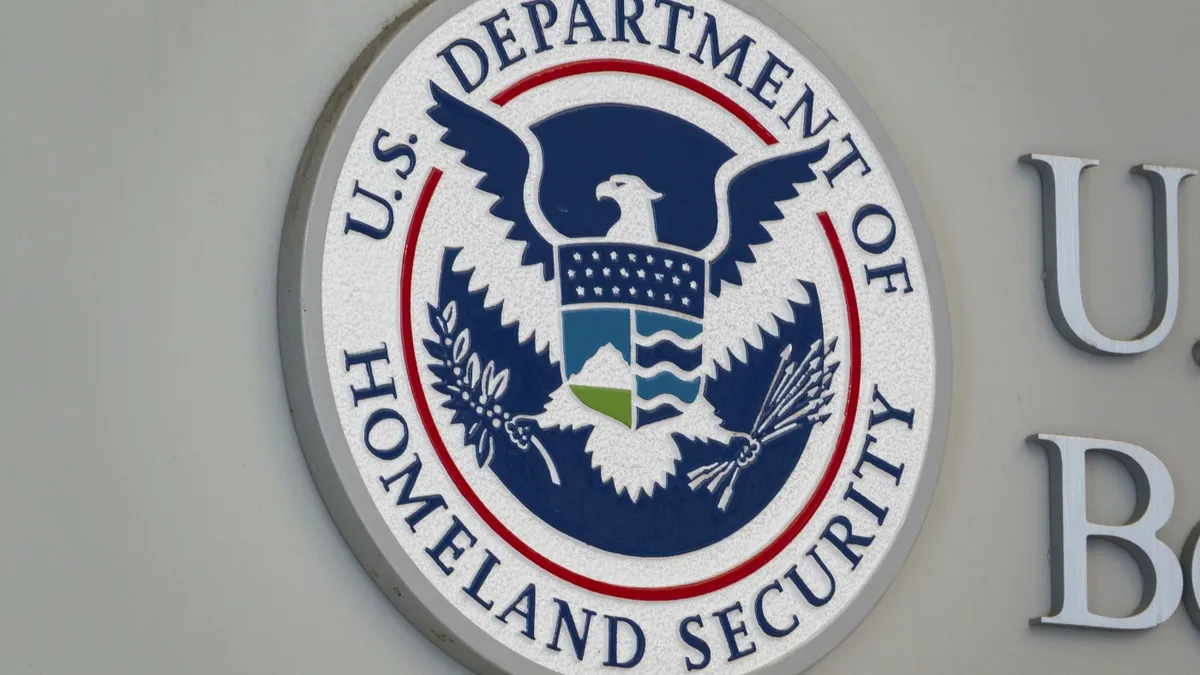
The Department of Homeland Security (DHS) has recently taken the significant step of removing a contentious list of sanctuary jurisdictions from its website, just days after its initial publication. This list identified numerous cities and counties across 37 states and the District of Columbia, which the DHS claimed were not in compliance with federal immigration statutes. The agency urged these jurisdictions to immediately review and amend their policies to align with federal immigration laws, emphasizing their responsibility to protect American citizens rather than what they termed 'dangerous illegal aliens.'
Originally posted late last week, the list was intended to serve as a part of the Trump administration's broader strategy to combat what it views as local municipalities obstructing federal immigration enforcement. This initiative aims to increase immigration-related arrests and deportations. Since the beginning of the administration, various mayors and governors from cities identified as sanctuary jurisdictions have been called to testify before Congress, while federal agencies have begun scrutinizing the distribution of federal resources to these areas.
In practice, sanctuary jurisdictions typically implement policies that limit local law enforcement's cooperation with federal immigration officials during immigration-related operations. However, the recent release of the list sparked immediate backlash from several mayors and law enforcement officials, who expressed confusion over their inclusion. President of the National Sheriffs' Association, Sheriff Kieran Donahue, criticized the DHS for a lack of transparency and accountability in the list's creation, stating that it was developed without input or established criteria for compliance. Donahue urged the DHS to retract the list, warning that it could create a "vacuum of trust" between local entities and the federal government.
Local leaders from various jurisdictions voiced their concerns over being listed as sanctuary cities. For instance, mayors from Boise, Idaho, and San Diego were taken aback to find their cities included, while leaders in Colorado expressed confusion, especially since Aurora was removed from the list before its official posting. President Trump had previously issued an executive order on April 28, mandating the DHS and the attorney general to publish a list of jurisdictions obstructing federal immigration enforcement and to notify them of their non-compliance, providing an opportunity for correction.
In a statement to NPR, a senior DHS official explained that the list is subject to continuous review and can be modified at any time. Furthermore, the designation of a sanctuary jurisdiction is based on several criteria, including self-identification, noncompliance with federal law enforcement, restrictions on information sharing, and legal protections for illegal aliens. This ongoing evaluation underscores the administration's commitment to enforcing immigration laws and addressing the challenges posed by sanctuary jurisdictions.
Since taking office, the Trump administration has implemented various measures aimed at retaliating against sanctuary jurisdictions. For example, the United States Citizenship and Immigration Services (USCIS) ceased collaboration on naturalization ceremonies with cities that restrict law enforcement's ability to cooperate with the DHS. USCIS spokesperson Matthew Tragesser stated that these actions are necessary to uphold the rule of law and protect American communities from illegal and violent aliens. The administration has also signaled its intent to review federal disaster aid and other assistance provided to sanctuary jurisdictions, prompting lawsuits from 16 affected areas. As a result, a judge has temporarily blocked these funding restrictions.
The recent actions taken by the DHS highlight the ongoing tensions between federal and local authorities regarding immigration enforcement. As sanctuary jurisdictions navigate their roles amidst federal scrutiny, the implications of this list and the DHS's policies will likely continue to shape the national conversation on immigration for the foreseeable future.